
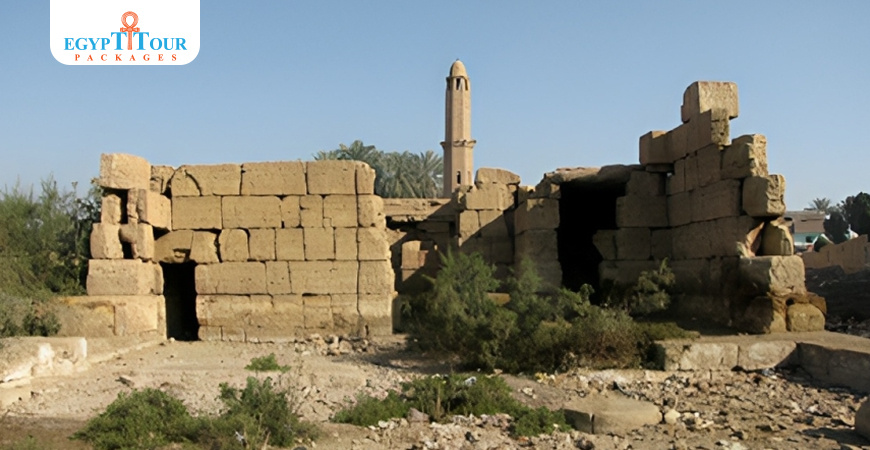
Temple of Isis at Shenhur
Temple of Shenhur, also known as Temple of Isis, is an ancient Roman temple built during the rule of Augustus through that of Trajan .
Temple of Shenhur
Shenhur, a village on the east bank of the Nile, was once an important settlement. It is located 20km north of Luxor and is often ignored by visitors.The village's Arabic name comes from hieroglyphs found on the Roman Temple of Shenhur, also known as Temple of Isis, is an ancient Roman temple built during the rule of Augustus through that of Trajan . Temple of Isis at Shenhur , meaning 'The Lake of Horus'. Interestingly, there is no lake or water feature in the area. The temple, now in ruins, can be found behind a Mamaluke mosque and a sheikh's tomb. Only a few early travelers visited Shenhur. John Gardner Wilkinson mentioned the site in his book 'Topography of Thebes' in 1835. In 1839, the French artist Nestor L'Hôte visited Shenhur and made valuable drawings of the reliefs and inscriptions, which have unfortunately disappeared over time. The temple's eastern exterior walls, originally adorned by Augustus, now only have the lower blocks remaining. Karl Lepsius, a German expeditionary, visited and documented parts of the temple in 1845, but it didn't gain much attention until a Belgian-French archaeological mission began excavations in 1992. The mission was led by Jan Quaegebeur, Claude Traunecker, and later Harco Willems.
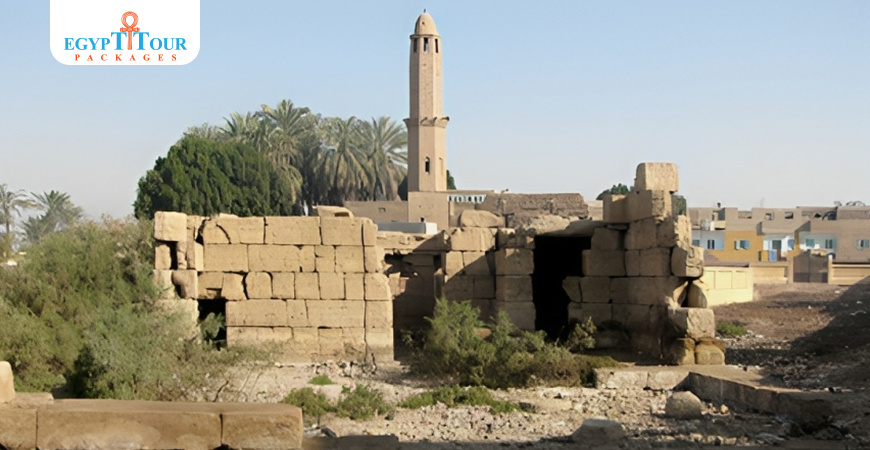
Isis temple at Shenhur
Throughout time, the temple has suffered considerable harm due to the theft of stones and the burning of lime. The walls of the structure were built using different kinds of limestone, with the finest stones being stolen. Consequently, the northern part of the temple now only possesses a handful of badly preserved reliefs made from lower quality stone. The construction of the initial section of the temple, comprising a central sanctuary, vestibule, and door jambs embellished by Emperor Augustus, was under his responsibility.

The temple of Isis
The sanctuary had a corridor that connected to various side-chambers. One of the captivating spots was the wabet, a small chamber dedicated to New Year rituals, which the excavators have restored. A remarkable feature of the wabet is the astronomical ceiling, showcasing the arms and legs of the goddess Nut, zodiac signs, and cosmic deities. The wabet was adorned during Caligula's reign.
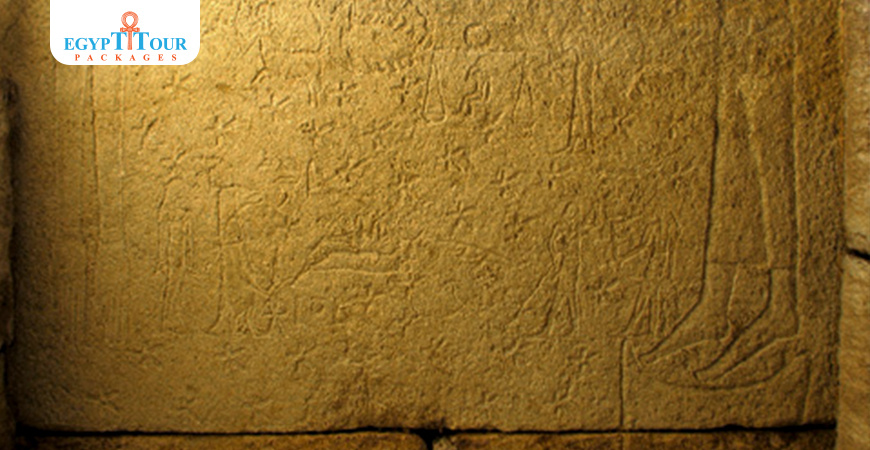
Temple of Isis
Archaeologists found large sandstone slabs from the original pavement in the vestibule of the Augustan temple. These slabs were still intact under Byzantine structures, including two granaries. In a small chamber inside the temple, they discovered a doorway with a bronze hinge that was still in good condition.This doorway led to two secret rooms built into the wall. Next to the rooms were movable blocks on wheels that could be rolled to reveal an opening leading to steps down into the crypt. During Emperor Tiberius' reign, a chapel dedicated to the child-god Horudja was built in the second phase of construction. This chapel may have been free-standing and located southwest of the Augustan temple. It is believed to have served as a birth-house, similar to those in Ptolemaic and Roman period temples. Unfortunately, only a few lower blocks from this structure remain. Horudja, associated with the lesser-known god Tutu, was worshipped at Shenhur. Tutu, the son of the goddess Neith, can be found in various monuments in the Coptos area, often linked with different gods.
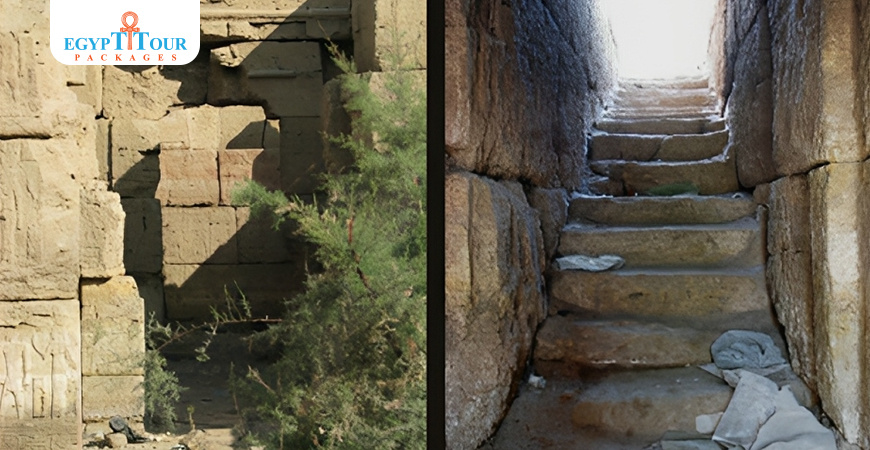
The goddess Tutu
Tutu was once praised for defeating Apothis, the enemy of the sun and cosmic order in Egypt. He was also known as the leader of mythical demons, the destructive forces of Sekhmet. Along with Bes and Horus, he could control these forces. A cult developed around Tutu, and he was often shown on amulets, coins, and temple reliefs as a sphinx surrounded by Sekhmet's demons. In the Roman period, Tutu was worshipped as a deity in human form. At Shenhur, he was even considered the partner of Isis of Shenhur, a local version of Horus. Tutu was believed to have given prophecies at Shenhur, where he was called 'The Powerful and Victorious God' and shown with various goddesses. Min, another deity, was also important in Shenhur and other parts of the Coptos region. The temple walls display various rituals, some of which are still unknown, and reliefs show a wide range of Theban deities.
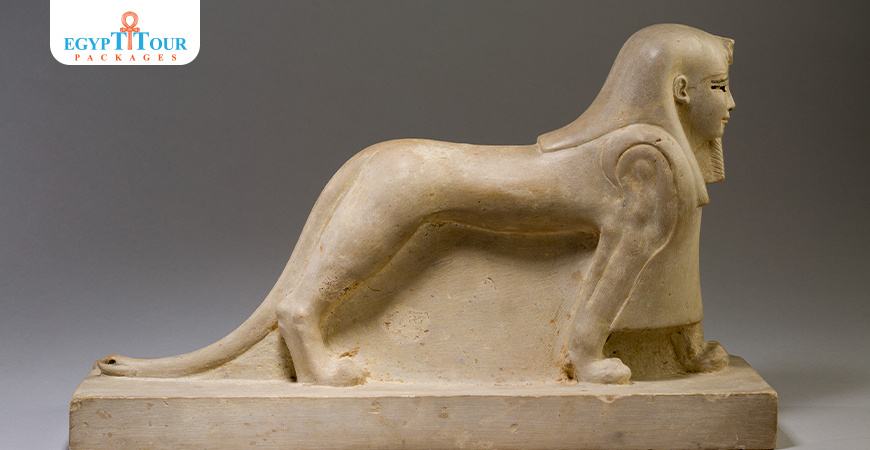
The Temple of Isis at Shenhur
The small hypostyle hall in front of the Augustan temple only has two bases remaining. The western wall connected the chapel of Horudja to the main part of the temple. Fragments of a cartouche from the Roman Emperor Nero were found inside the hall, indicating the estimated date of the structure. The final phase of the temple's construction included adding a spacious pronaos, located on a transverse axis forming the cross-bar of the T-shaped layout. Originally, the pronaos had 16 columns, but most of them have disappeared over time. It was made of high-quality limestone, which has been either taken away or destroyed. The pronaos was left unfinished with no inscriptions, leaving uncertainty about who built it.
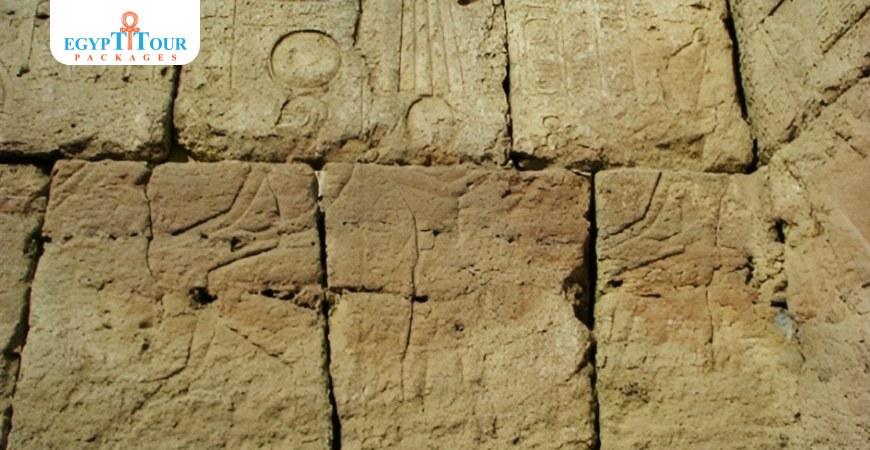
Shenhur Temple of Isis
The Emperor Claudius decorated the outer walls of the Augustan temple on both the east and west sides. The western wall, still in good condition, has well-preserved reliefs due to being covered by soil and protected from damage. The reliefs show various rituals involving unknown deities, some of which have been identified as Tutu, Neith, Mut, Min, and Amun. Next to the western wall, structures made of mudbrick and fired brick from different time periods were discovered. The north wall, adorned by Tiberius, features a double-scene showing the Emperor with the Theban Triad and the Coptos Triad. In the rear wall's center, there is a false door. Excavations uncovered a structure built over the false door, with column bases still intact. Among the column bases, three limestone basins were found, including a model of a rectangular sacred lake with steps on each side. A later occupation level revealed domestic buildings from the 5th Century.
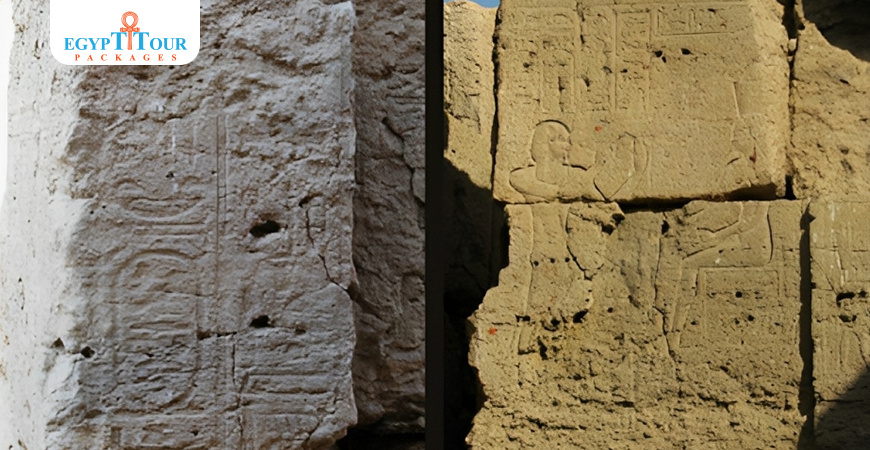
Temple of Shenhur
To get Shenhur:
To get to Shenhur, which is situated between Luxor and Qift, take the main road towards Dendera. While driving on this road, you will pass by a canal. Approximately 6 km before reaching Qus, you will notice a sign pointing towards a left turn leading to Shenhur. Cross the bridge and enter the village. Inside the village, follow the path that will guide you to the Mamaluke mosque. Kindly be aware that the temple is currently off-limits to visitors unless authorized by the SCA.

Post A Comment
Your Email Address Will Not Be Published.
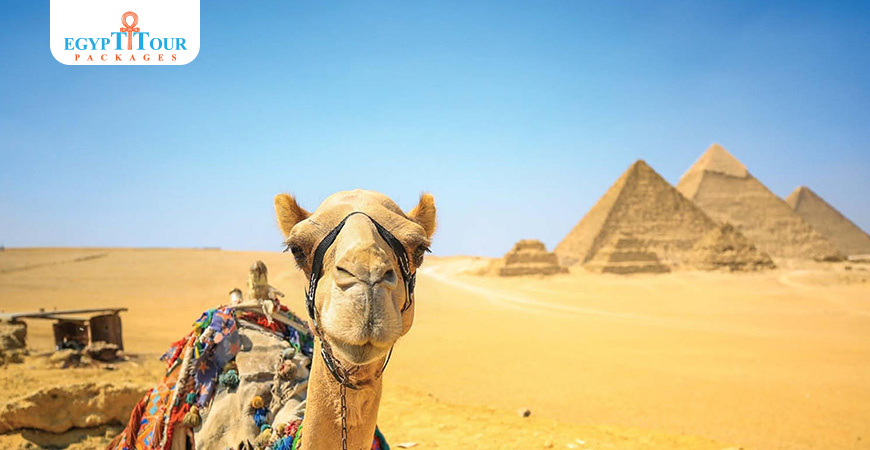


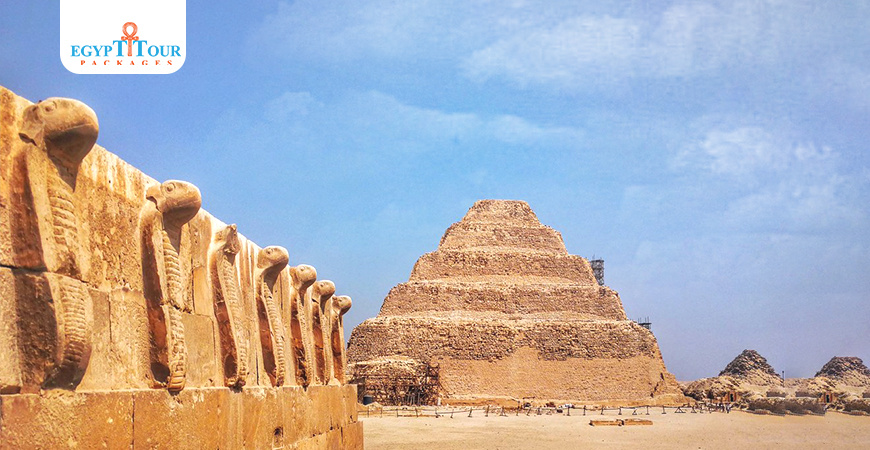







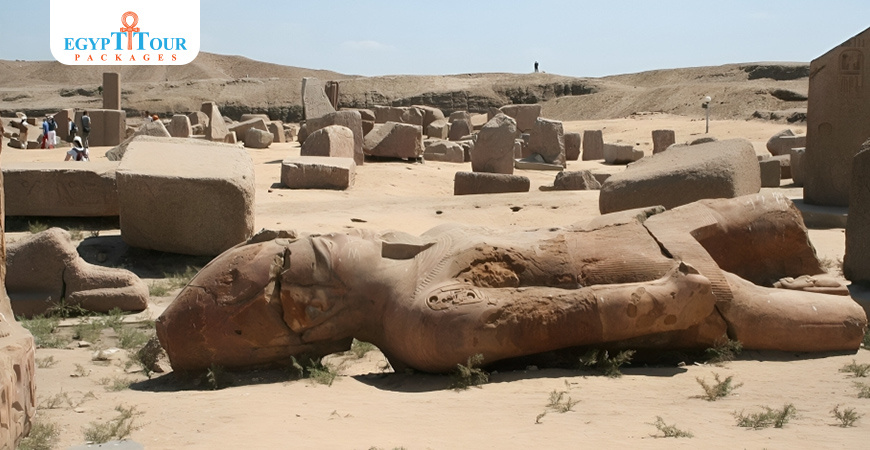


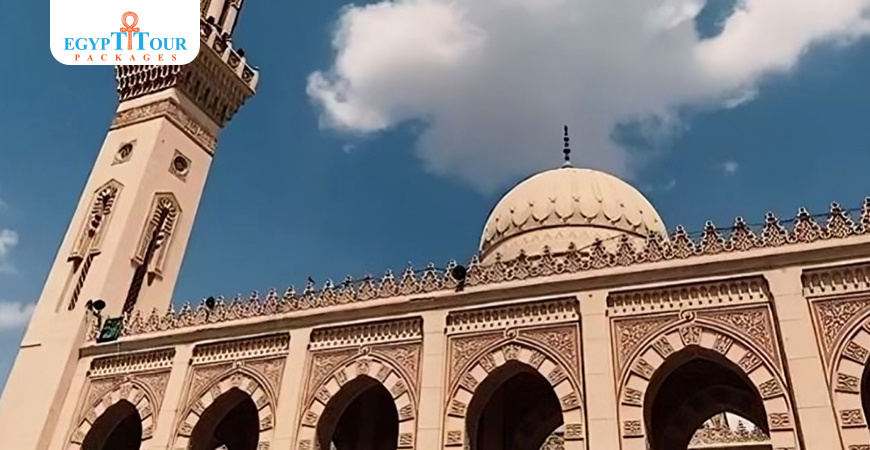


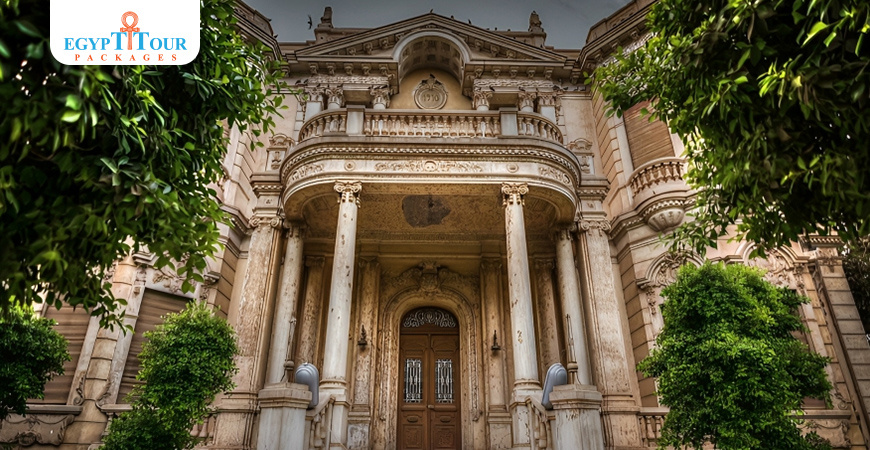
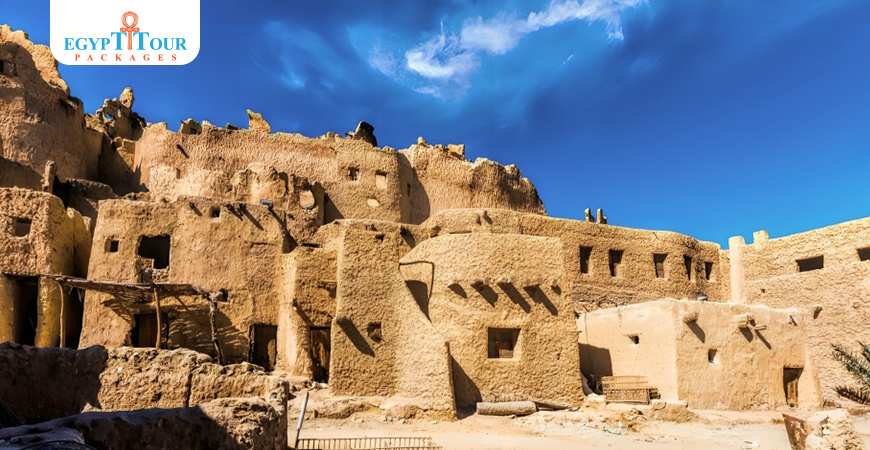
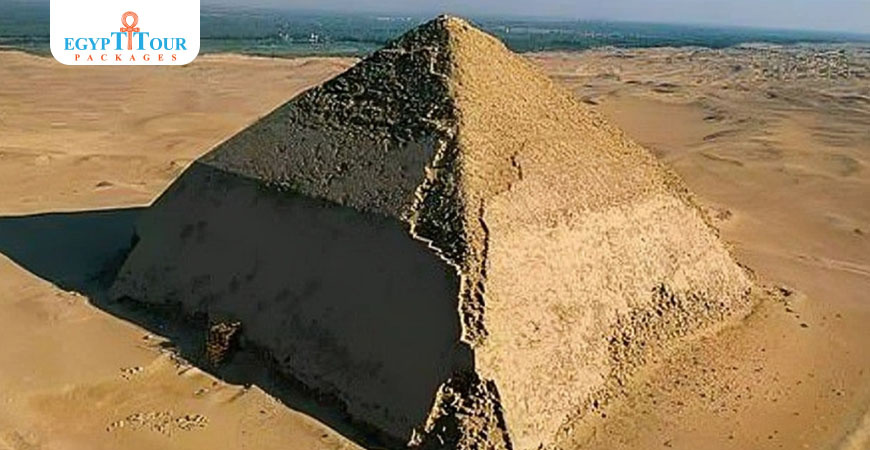
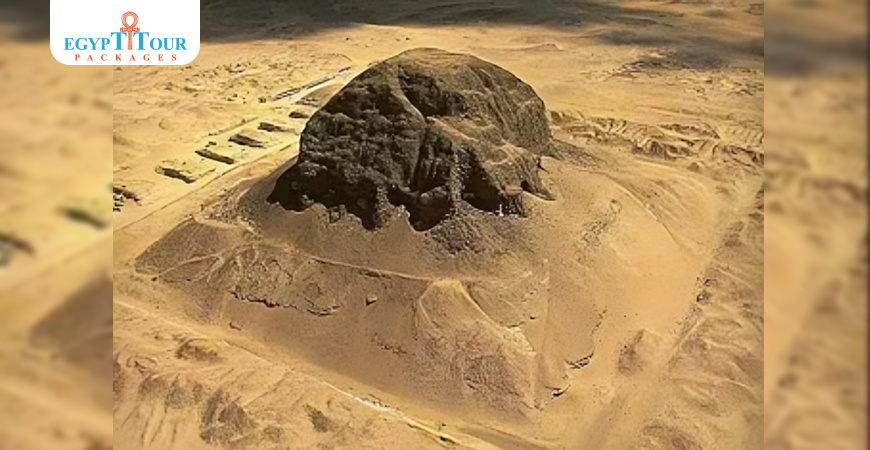
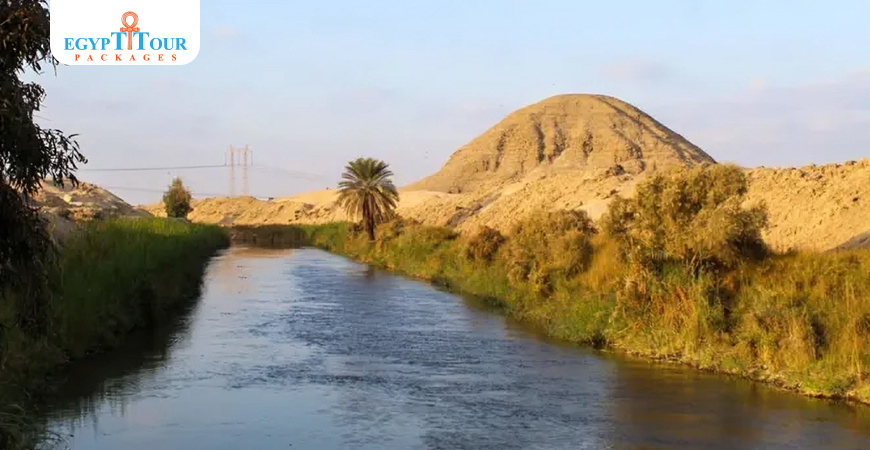
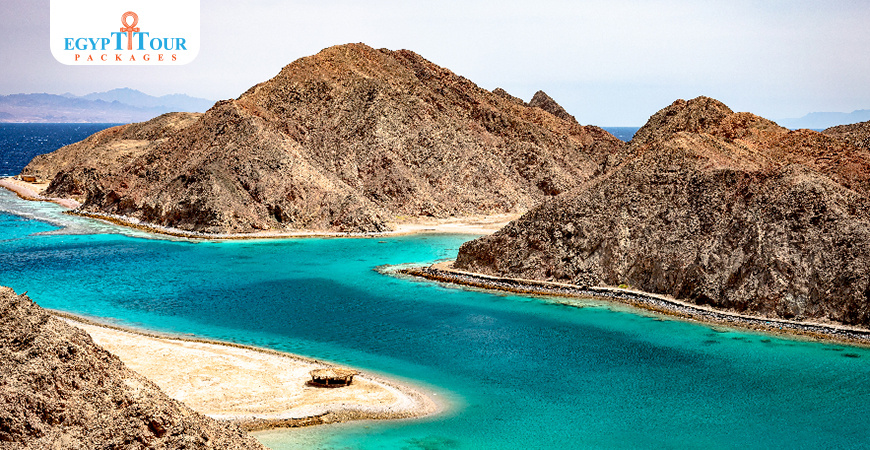

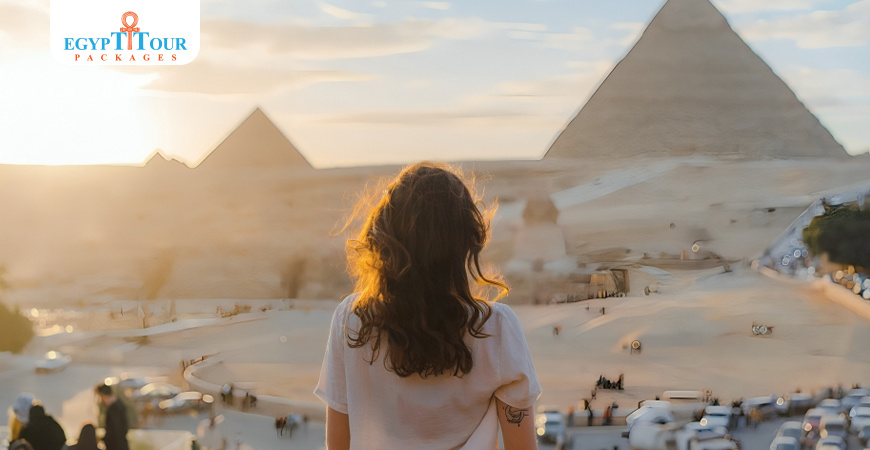
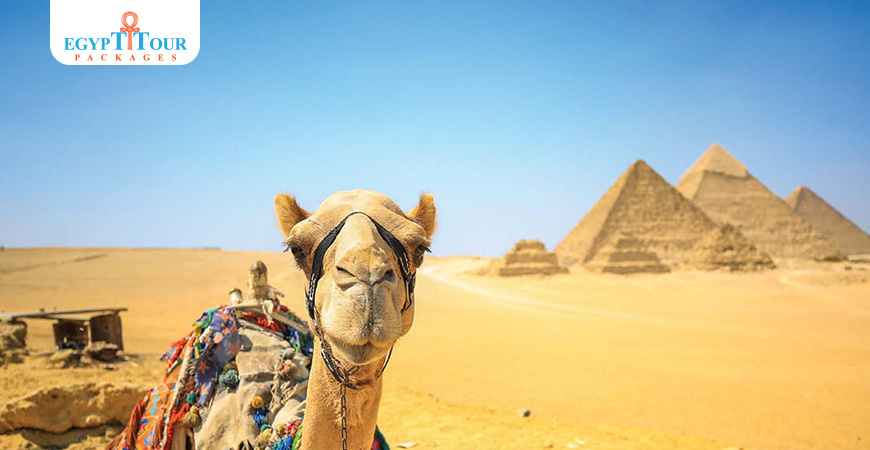











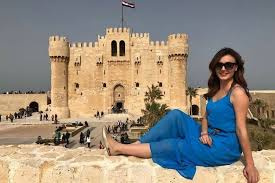

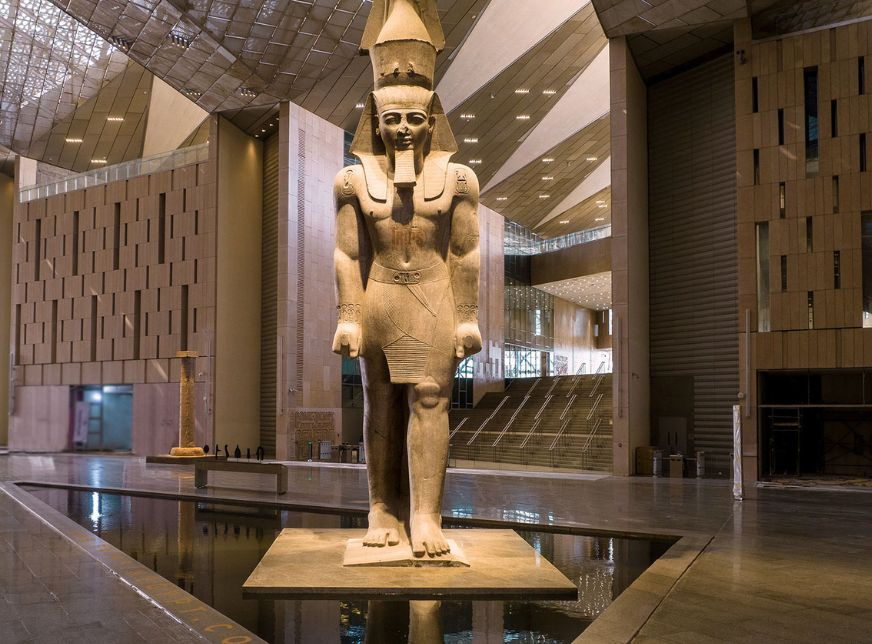


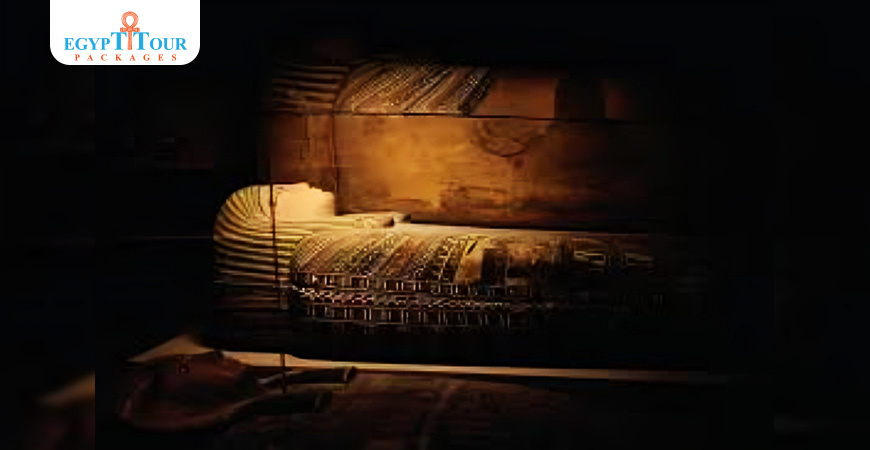
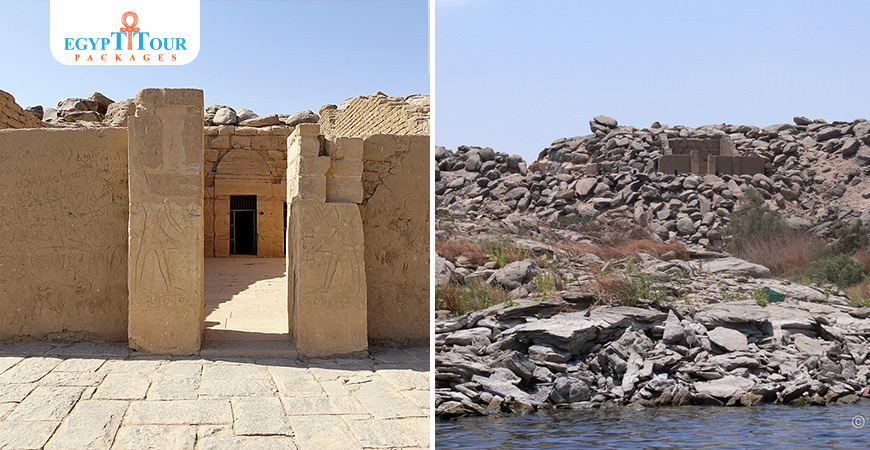



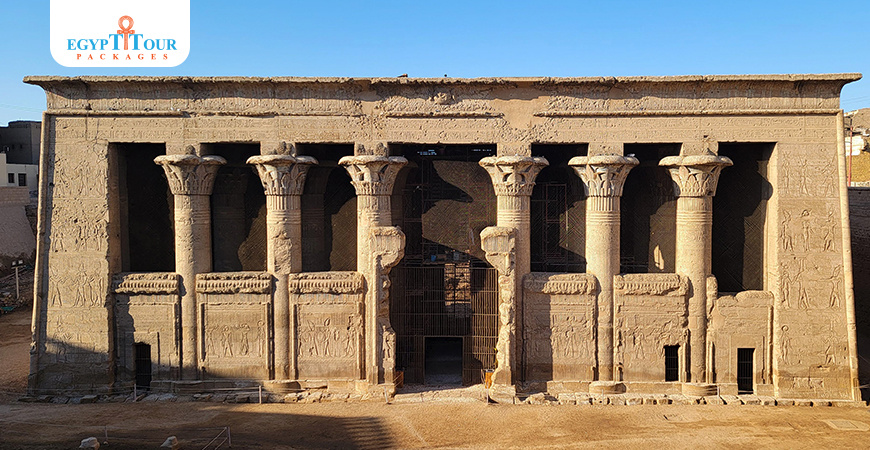










0 Comments